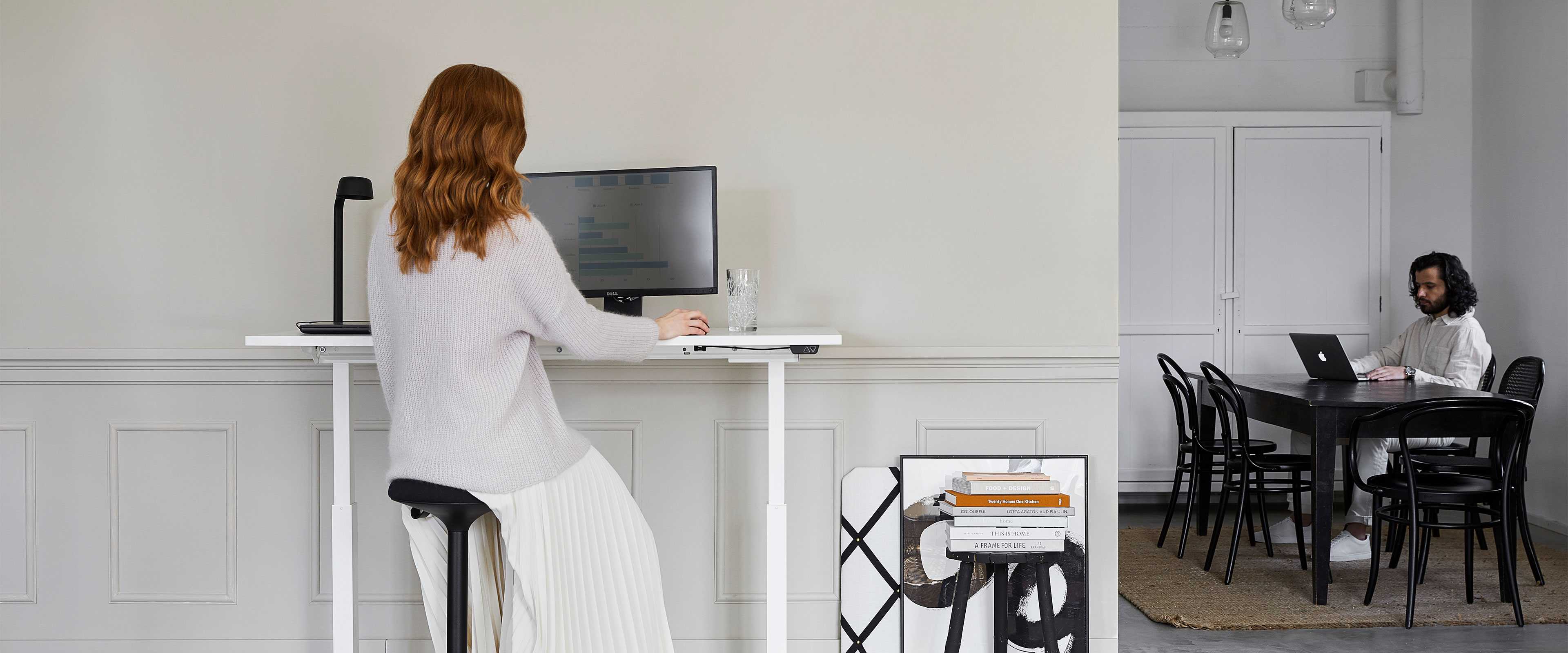Are you seeking a new balance?
The past 18 months have accelerated the transition to flexible work that is not fixed to a specific location which was already in progress. During the pandemic, 45 per cent of office workers felt that if they were free to choose in the future, they would work remotely at least three days per week (Martela Insight, n=3032). Previously, the assumption was that you would be at the office, unless otherwise stated. It has been the opposite during the pandemic. How will we achieve a balance between remote working and working at the office after the pandemic? How should the use of office premises be recalibrated to correspond with our new way of working?
Balancing the working week
In the future, workplaces will form an ecosystem from which employees will choose the most suitable solution for their type of work and day. The employer will provide the framework and the employees will have freedom of movement within this. It seems there will be no return to the old default way of working, but how do we find a balance once the period of extensive remote working comes to an end? Here are some tips on how to find a new balance.
- Listen and discuss: Find out how the period of remote working has gone. How did the employees cope with the tasks compared with before, what is the situation regarding wellbeing, and how well do the employees feel that remote working is suited to their own work? The prolonged recommendation to work from home where possible has revealed the pros and cons of remote working. Remote working is felt to be well suited to work requiring concentration, remote meetings and telephone calls. Being able to focus on independent work more easily often produces a feeling of efficiency compared with working at the office. Have your employees also had the same experience?
- Consider the big picture: Short-term benefits sometimes take the focus away from long-term consequences. The same applies to remote working. When agreeing on the rules for remote work, it is important to bear in mind that there are many invisible benefits of spending time at the office and meeting people. It is easier to ask for help, you can find out about the wellbeing of your colleagues, enthusiasm spreads to others, team spirit increases and it is easier to understand the organisation as a whole when you meet employees from different units. How often do your employees want to be at the office in the future, and can you find a suitable balance naturally? Or will you need common recommendations, agreements or rules on where work can be done and how much?
- Identify the tasks: Different roles and functions, personalities and life situations also influence the suitable amount of remote work. It is a good idea to discuss which is the best balance for each job role. It could be that someone enjoys doing remote work, but from the perspective of others, it would be good to be able to reach them at the office. As a rule, those who carry out development work, engage in a lot of communication with others and create new things, benefit most from being at the office. Is virtual accessibility enough for those in service roles?
- Steer gently: Personal commitment and motivation will suffer if employees’ needs are not listened to. Therefore, it is a good idea to give employees the greatest possible freedom to decide where to carry out their work. Discussion helps us to understand the situation from different perspectives. Choose the type of workplace you need in a smart way and agree together which is the best solution to support the functioning of your organisation or team.
And how to find a new balance at the office? Read the sequel to the blog here!

Kristin Breitenau, Workplace Development Manager, Martela Sweden
+46 72 553 9477

Miia Leppänen, Workplace Specialist, Martela Finland
+358 50 556 2783
Meet our workplace consultants!
